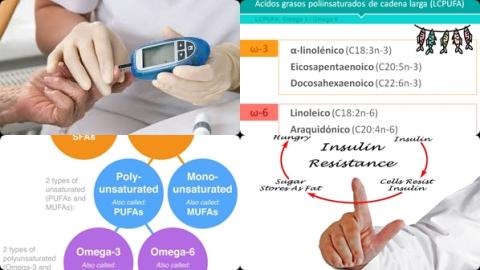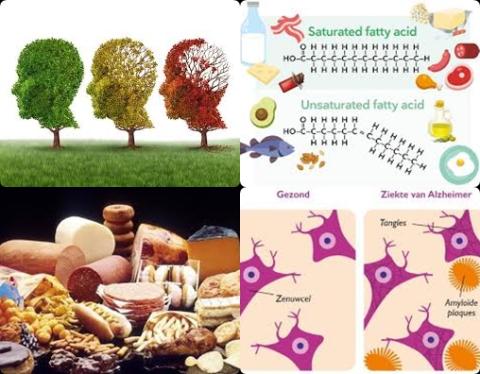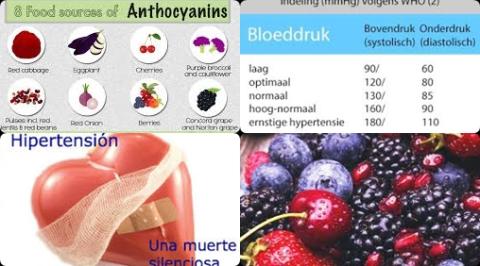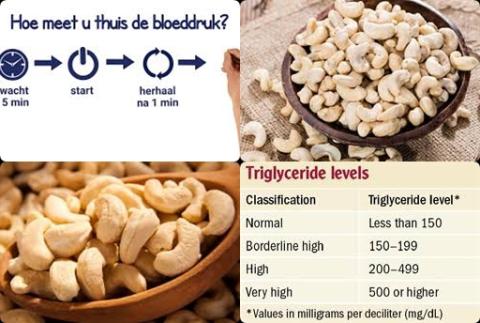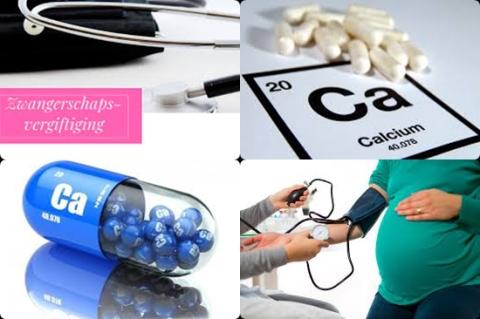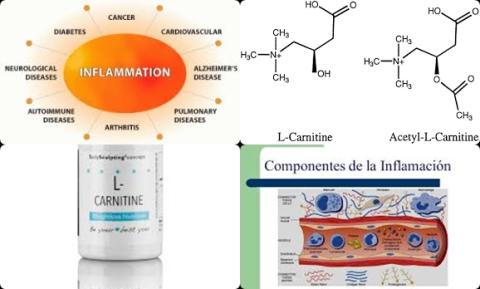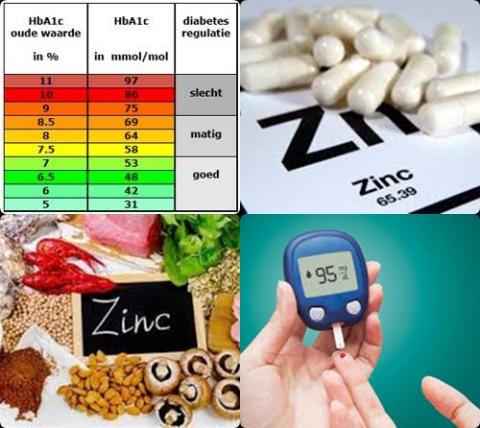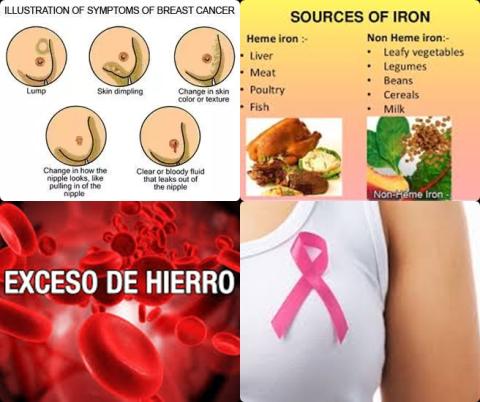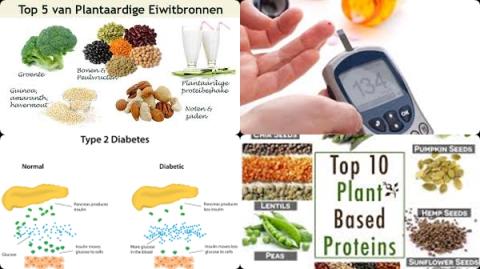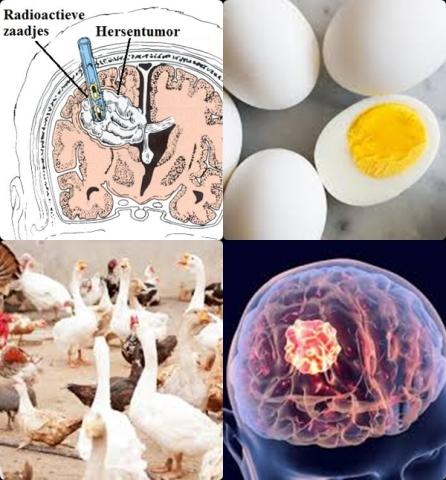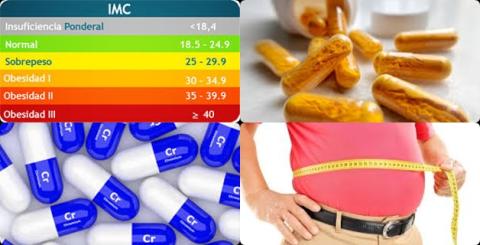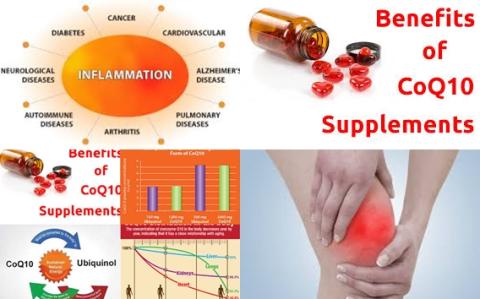Hypomagnesemia increases all-cause mortality in end-stage renal disease patients
Objectives:
Previous studies reported that magnesium deficiency was associated with vascular calcifications, atherosclerosis and cardiovascular disease, which might play an independent pathogenic role in chronic kidney disease (CKD) and end-stage renal disease (ESRD) patients. However, the results of these studies were somewhat underpowered and inconclusive. Therefore, this review article has been conducted.
Does hypomagnesemia (a low blood magnesium concentration) increase risk of mortality in patients with chronic kidney disease and end-stage renal disease?
Study design:
This review article included 20 studies involving 200,934 participants.
Results and conclusions:
The investigators found hypomagnesemia significantly increased risk of all-cause mortality in patients with chronic kidney disease and end-stage renal disease with 32% [multivariable adjusted HR = 1.32, 95% CI = 1.19-1.47, p 0.00001].
The investigators found, on the contrary, hypermagnesemia (a high blood magnesium concentration) significantly decreased risk of all-cause mortality in patients with chronic kidney disease and end-stage renal disease with 14% [HR = 0.86, 95% CI = 0.79-0.94, p = 0.001] (per unit increase).
The investigators found, moreover, hypermagnesemia significantly decreased risk of cardiovascular mortality in patients with chronic kidney disease and end-stage renal disease with 29% [adjusted HR = 0.71, 95% CI = 0.53-0.97, p = 0.03].
The investigators found subgroup analysis showed that hypomagnesemia significantly increased all-cause mortality in hemodialysis patients with 29% [HR = 1.29, 95% CI = 1.12-1.50, p = 0.0005].
The investigators concluded hypomagnesemia (a low blood magnesium concentration) increases cardiovascular and all-cause mortality in patients with chronic kidney disease and end-stage renal disease. Further studies evaluating benefits of magnesium correction in chronic kidney disease and dialysis patients with hypomagnesemia should be performed.
Original title:
Serum magnesium, mortality, and cardiovascular disease in chronic kidney disease and end-stage renal disease patients: a systematic review and meta-analysis by Xiong J, He T, […], Zhao J.
Link:
https://www.ncbi.nlm.nih.gov/pubmed/30888644
Additional information of El Mondo:
Find here more information/studies about chronic disease, magnesium and kidney diseases.
Normal values of serum magnesium are considered those between 0.7 and 1.0 mmol/L.
Hypomagnesemia has a serum magnesium concentration of 0.7 mmol/L.
Blood magnesium concentration can be increased by eating magnesium-rich foods and/or taking magnesium supplements.


